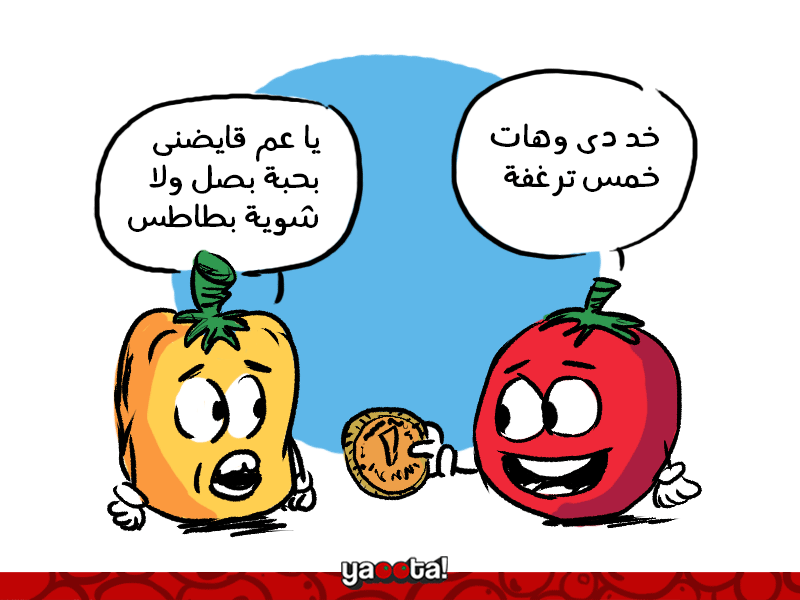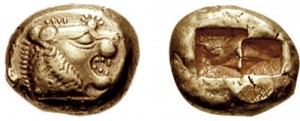From bartering to credit card to bartering… again?
By Safaa Magdy
Imagine going shopping with a pocket full of salt to exchange for goods. Or imagine going to the supermarket followed by a line of cattle, which you would exchange for a spaghetti packet.
But wait! No need to imagine because this actually happened sometime in history. Let Yaoota take you into the magical story of the coin and currency inventions.
It is not always about money
Money is important, dah! But it is us who give it significance. Money in itself is useless. Money’s significance lies in its global acceptance as a means for bartering for services or products. However, before money was invented trading was still happening. But people rather exchanged services and goods instead of buying them. This system of exchange is called bartering.
The bartering system
Three thousand years ago one would exchange a surplus in one’s cattle for example with someone else’s surplus of wheat, but bartering was never easy. Mainly because it’s difficult to find someone with a need for your surplus and has a surplus of what you need. The process was difficult and slow.
Some of the most common materials used for bartering were: Salt, animals’ skin, vegetables, and grains. The first bartering in history was recorded in Egypt. A service or a product doesn’t have a fixed price and it all depended on the bargaining skills of the customer.
The invention of money
Weapons were also used in bartering. And that later indirectly led to the invention of money. China was one country that used weapons for bartering. However, it was not easy to carry weapons everywhere. This must have been dangerous and not safe. So the Chinese decided to have models of weapons instead of actual weapons. The shapes of the models gradually changed until it was made in a circular shape in 1100 B.C.
The first coin ever
Nevertheless, China was not where the currency was invented. The first currency in history was created in Lydia that is now Western Turkey in 600 B.C.
The king of Lydia was the one who ordered the coin that had a carving of a roaring lion. The coin was made of ُElectrum, a natural mix of gold and silver.
The first paper currency ever
Back to China, where the first ever paper currency was made. Marco Polo (an Italian merchant traveler, that usually traveled to China and the Far East) was the one who recorded the Chinese invention and conveyed it to Europe in 1250.
The first banknote in Europe was made in Florence, therefore, it was called Florin.
Meanwhile, the rest of Europe were still using coins and gradually moved to paper in 1600. This currency had an equivalent of silver and gold in the bank inventory. However, this currency was not officially issued by the government. It was rather issued by the private sector of banks and institutions.
The first European bill issued was in a European colony in North America, specifically in Canada.
In 1946, the first credit card was created by John Biggins and was called “Charge-it”. This was a break-through.
The improvements in this field didn’t stop at the credit card but in 2009, the first virtual currency was invented and called Bitcoin. The bitcoin doesn’t have a physical existence but yet it is globally accepted.
Back to bartering again
What is really ironic is that we came back again to bartering system thanks to an online platform called BarterCard that enables business owners to exchange the surpluses of their production.
You might also enjoy: Chrismas.. January 7th or December 25th?, The First New Years Ever, Top High-End Mobiles 2015, Top 16 Family Games, Yaoota’s Guide for Headphones and Top 10 tips to relieve stress.

